Baking Soda (sodium bicarbonate)
In a 1924 booklet, published by the Arm & Hammer Soda Company, page 12, the company starts off saying, “The proven value of Arm & Hammer Bicarbonate of Soda (Baking Soda) as a therapeutic agent is further evinced by the following evidence of a prominent physician named Dr. Volney S. Cheney, in a letter to the Church & Dwight Company:
In 1918 and 1919 while fighting the ‘Flu’ with the U. S. Public Health Service it was brought to my attention that rarely anyone who had been thoroughly alkalinized with bicarbonate of soda contracted the disease, and those who did contract it, if alkalinized early, would invariably have mild attacks. I have since that time treated all cases of ‘Cold,’ Influenza and LaGripe by first giving generous doses of Bicarbonate of Soda, and in many, many instances within 36 hours the symptoms would have entirely abated. Further, within my own household, before Woman’s Clubs and Parent-Teachers’ Associations, I have advocated the use of Bicarbonate of Soda as a preventive for “Colds,” with the result that now many reports are coming in stating that those who took “Soda” were not affected, while nearly everyone around them had the “Flu.”
Potassium Bicarbonate
Potassium (as bicarbonate) often acts as if it specifically caused a release of adrenal hormones (1). One authority says it is “more nearly specific than any other remedy” in influenza (2).
I personally take 1 tsp before bed, on an empty stomach, as a maintenance dose.
Alkaline Diets and Drinks (Baking Soda)
The coronavirus was found to be quite stable at pH 6.0 and 37°C (half-life, approximately 24 hours) but was rapidly and irreversibly inactivated by brief treatment at pH 8.0 and 37°C (half-life, approximately 30 minutes).79 Diet and drinking water play a role in blood pH adjustment. The normal range of arterial blood pH is 7.35 to 7.45. Alkaline-forming diet or drinks could induce low-grade metabolic alkalosis which causes only very small increases in blood pH within the range considered to be normal. Within that range, this means that the system equilibrates nearer the higher end of normal rather than the lower end of normal. In a slightly alkaline environment viruses might be weakened or do not multiply efficiently. Immune function may work better in an alkaline medium as well.
Earthing or Grounding
Grounding is the connection of the human body to the earth by different methods, such as bare feet walking on earth without insulators. Earthing might be another natural anti-inflammatory and antioxidant source for the human body.
Viruses can reproduce only inside cells, and they gain entry by using many of the receptors involved in immunity. Once inside the cell, viruses use the cell’s biological machinery to their own advantage, forcing the cell to make hundreds of identical copies of themselves. Although phagocytes and other components of the innate immune system can, to a limited extent, control viruses, once a virus is inside a cell the adaptive immune responses, particularly the lymphocytes, are more important for defense.[40] At the sites of viral infections, lymphocytes often vastly outnumber all the other cells of the immune system. Virus-infected cells that have been killed by lymphocytes are cleared from the body by phagocytes.[42]
It is now accepted that an overwhelming inflammatory response is the cause of human deaths from avian H5N1 influenza infection.80 Part of the inflammatory response involves immune cells, and various phagocytese (neutrophils, monocytes, macrophages, and mast cells), that secrete powerful oxidizing agents (free radicals) in a process known as the respiratory burst. A complex mix of reactive molecules such as hydrogen peroxide, oxidized halogens, chloramines, and oxidizing radicals such as hydroxyl radicals, OH−ċ, accumulate at the site of inflammation where they aid in the destruction of invading microorganisms and tissue debris.81 To restore their electrical neutrality, these agents tear electrons from the structures of invading organisms and damaged cells, rapidly destroying them. Recent research has emphasized the significance of charge transfer in relation to the scavenging or neutralization of free radicals at sites of injury during and after the oxidative burst. Evidence comes from studies of the role of electrons in mitigating the consequences of inflammation when living systems are connected to the earth.82 Earthing accelerated immune response following vaccination, as demonstrated by increases of gamma globulin concentration.83 Earthing has demonstrated anti-inflammatory effects and improvements in the immune response and both effects have been shown to be essential for influenza cure.84
Influenza viruses and non-pigmented bacteria are killed by UV-B wavelengths in sunlight.
- Biomass smoke significantly suppresses natural levels of UV-B, and severe smoke pollution reduced UV-B by up to 95% during the burning seasons in Brazil in 1995 and 1997.
- Reduced UV-B on 6 days in August 1997 was well correlated with an increase in the ratio of nonpigmented bacteria vulnerable to UV-B to pigmented bacteria that are protected from UV-B.
- Although airborne influenza viruses were not measured, 1997 hospital admission records at Alta Floresta, Brazil, showed that influenza incidence was highest during the burning season.
- Human cases of avian influenza in Thailand and Vietnam peaked during the winter burning seasons of 2003 and 2004.
- Assuming similar optical properties of biomass smoke in Southeast Asia and Brazil, where UV-B and optical depth are highly correlated, optical depth measurements over Thailand and Vietnam by NASA’s Terra and Aqua satellites suggest highly suppressed UV-B during these avian influenza outbreaks.
- Human cases of avian influenza in Thailand and Vietnam since December 2003 have peaked during both the rainy season and the burning season. Thus, periods of prolonged cloudiness and severe smoke pollution could play a role in initiating avian and other influenza outbreaks by attenuating the solar UV-B that might otherwise suppress influenza viruses in outdoor air exposed to sunlight.
The Influence of Simulated Sunlight on the Inactivation of Influenza Virus in Aerosols
Results
Measured decay rates were dependent on the level of simulated sunlight, but they were not significantly different between the 2 relative humidity levels tested. In darkness, the average decay constant was 0.02 ± 0.06 min−1, equivalent to a half-life of 31.6 minutes. However, at full intensity simulated sunlight, the mean decay constant was 0.29 ± 0.09 min−1, equivalent to a half-life of approximately 2.4 minutes.
Conclusions
These results are consistent with epidemiological findings that sunlight levels are inversely correlated with influenza transmission, and they can be used to better understand the potential for the virus to spread under varied environmental conditions.
Were Equatorial Regions Less Affected by the 2009 Influenza Pandemic? The Brazilian Experience
In this study, the latitudinal gradient in pandemic-associated mortality reported was consistent even after controlling for factors previously associated with the transmissibility of the pandemic including population size, density, age structure, level of urbanization and distance from the presumed start of the pandemic. Interstate differences in mortality could have alternatively derived from economic differences, as better nutrition, health and access to nursing care could translate into lower mortality. However, the lowest burden estimates were in the low income states in the Northeast and North regions, whereas much higher mortality levels were observed in the rich states in the Southeast and South regions. The inverse association between latitude and income in Brazil in this sense speaks against the hypothesis of a prevailing role of low income towards a higher risk of pandemic-associated deaths throughout Brazil. In addition, differences in vaccination and antiviral administration cannot explain geographical differences in pandemic-associated mortality, as in Brazil mitigation efforts were coordinated at a national level and the H1N1 vaccine was distributed at the end of the second pandemic wave in 2010. Overall, our results thus suggest that the observation of a hardly burdened south and milder mortality burden nearer the equatorial region may be associated with regional differences in environmental factors that modify the transmissibility or severity of pandemic-related infections, as similarly suggested for seasonal influenza in Brazil. The notion that environmental factors, chiefly climate, may underlie the reported differences in burden is also indicated by the observation of differences in pandemic-associated mortality within the equatorial region itself, as northeastern states were in general characterized by a lower burden than the northern states. Considering that influenza epidemics tend to be associated with the rainy season in the low latitude areas of Brazil, this pattern might be related to the fact that rainy seasons in the Northern states are longer and more intense than in the Northeastern region of Brazil, where the climate is drier.
Bonus Slide
Coronavirus Update 4-3-2020_Marcus_Ettinger_Interpreting_the_Data

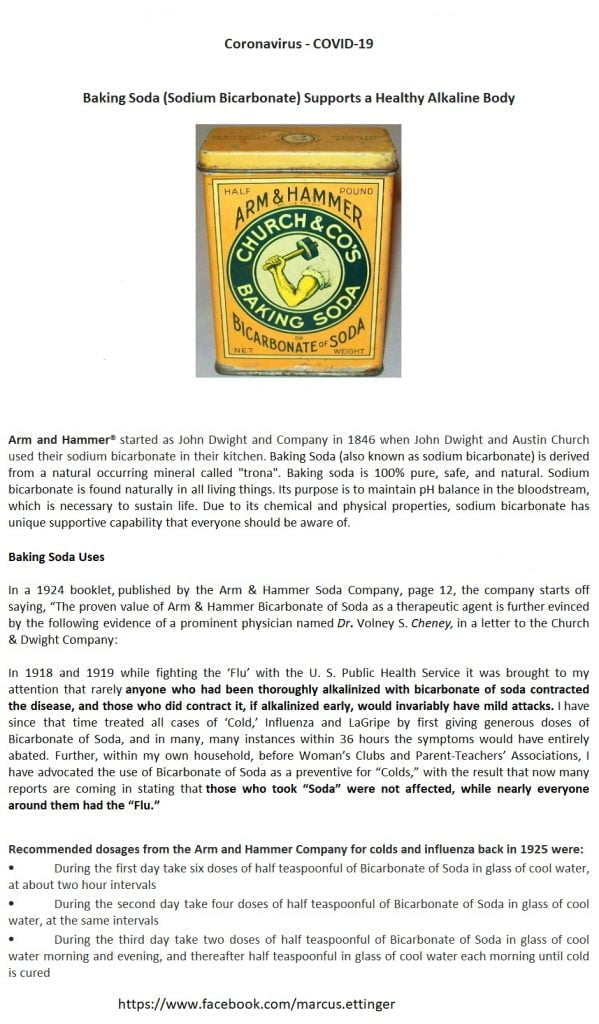
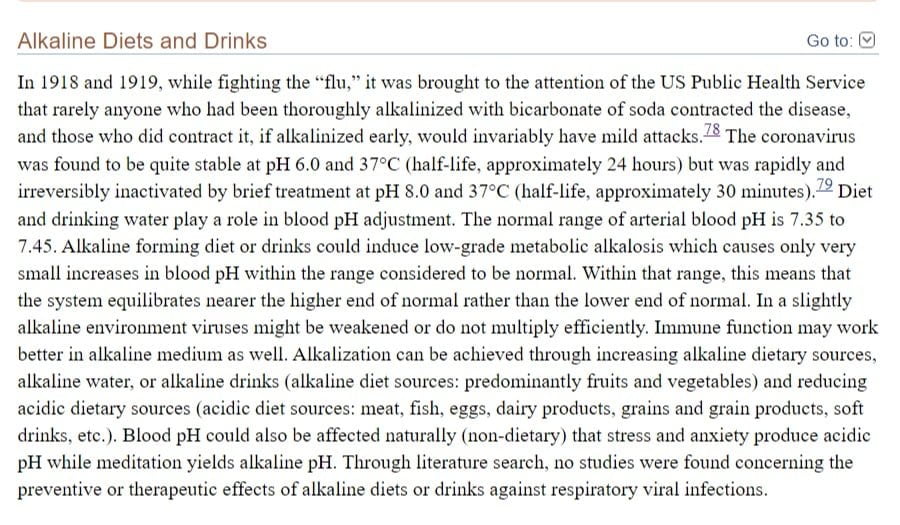

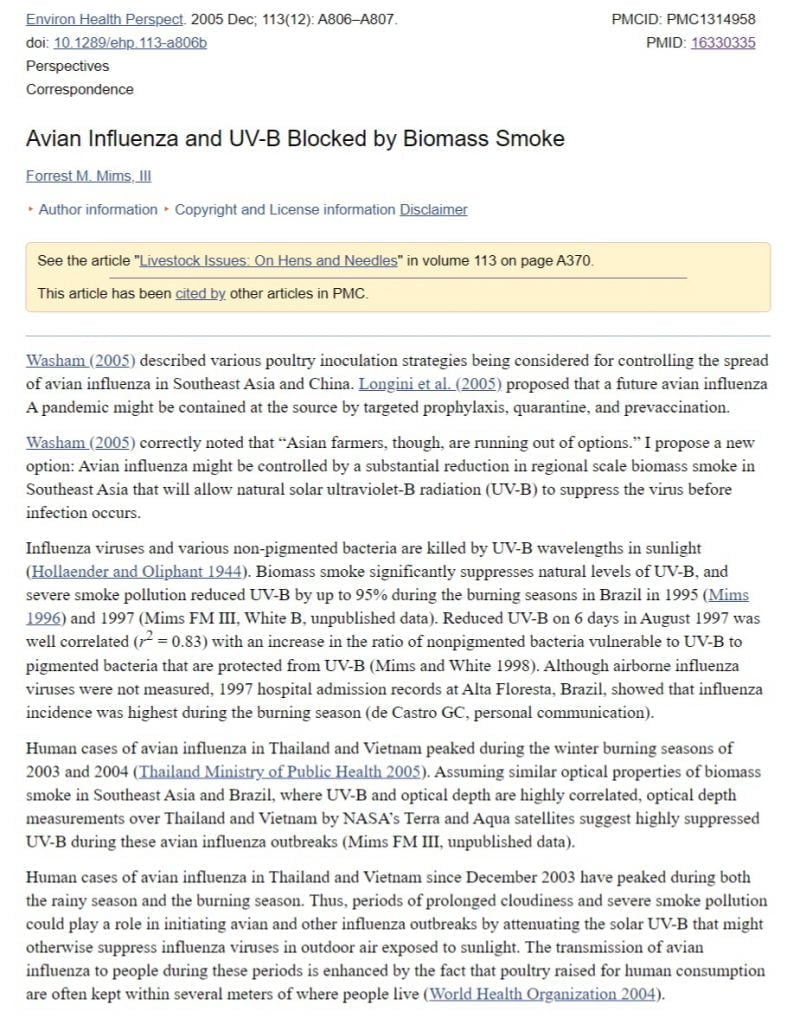
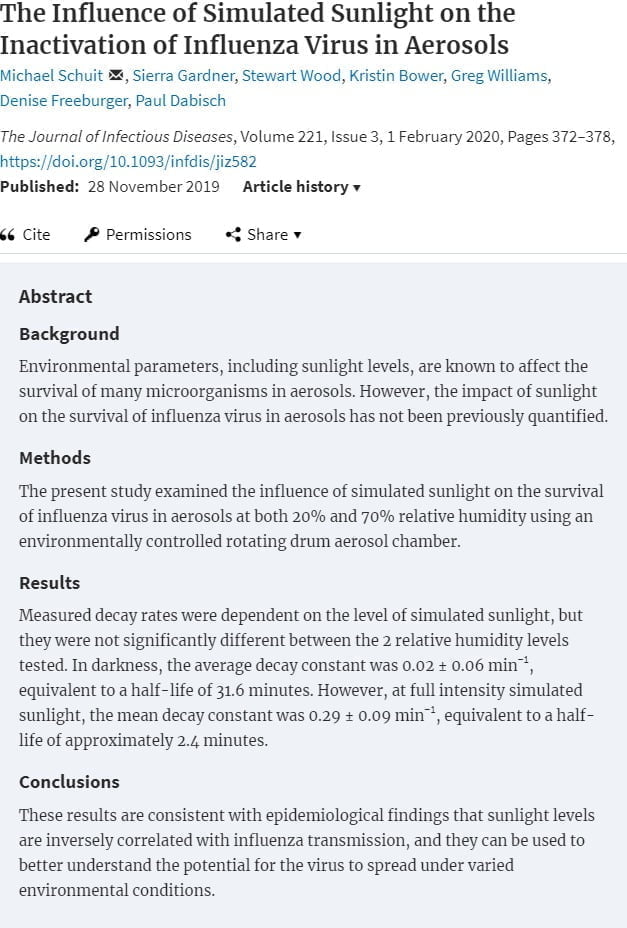
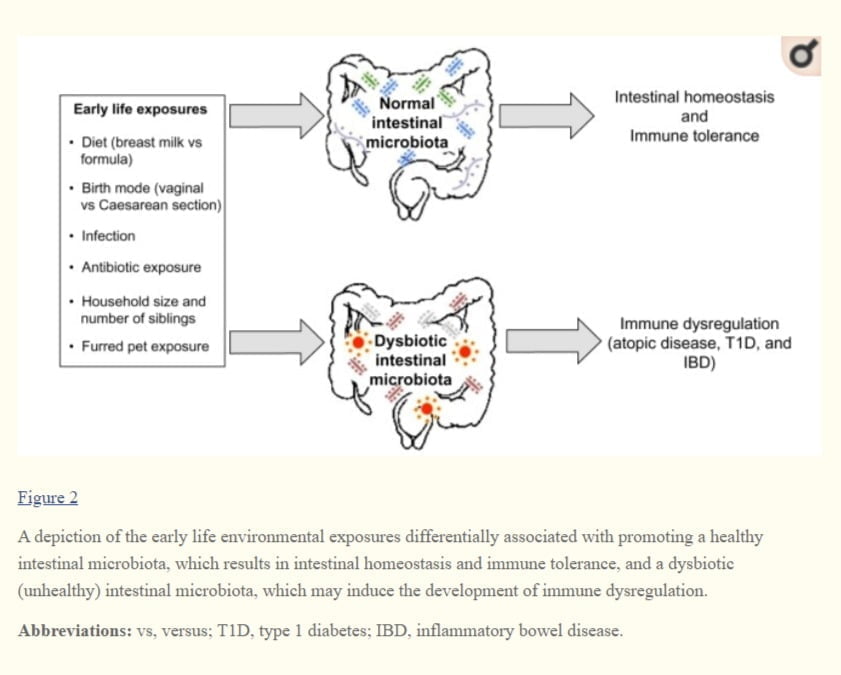
Dr. Ettinger
I am enjoying your site here.
I am wondering, in the past few months have you has the opportunity to work with and Chinese Flu patients, and how did it go?
Thanks again,
Mark
Mark,
I’m in Orange County, CA. I have not had the pleasure of treating anyone with COVID. Not one of my patients, since March, has had friends or family come down with it.
Dr. Ettinger
Alkalization: From a biochemical viewpoint , does the cation metal also make a significant difference In inhibiting viruses ? If the cation were Zn+2 vs NaH + CO2, both pH and regulation of human cell cytoplasm could be maintained . Could the carbonate + Zn+2 also act as a ionophore for zinc which would transport zinc across infected cell membranes to interfere with viral RT enzyme and prevent virion reproduction? Instead of taking NaHCO2 take ZnCO2?
EJ,
There is not a lot of data on metal binding for viral inhibition. Magnesium, copper, and zinc being the three most studied. To make things simple and to go back to the early 1900’s magnesium chloride and sodium hydrogen carbonate (Baking soda) are cheap and effective agents against viruses and bacteria. Add-in a zinc salt and you’re golden.
Historical Reference
“The solution to be used is a 2.5% Magnesium Chloride hexahydrate (MgCl2.6H2O) solution (i.e.: 25 grams/liter of water). Those who have kidney problems should be carefully monitored by their family physician, according to the Center for Disease Control. Dr. Raul Vergini says, that “this is true only for severe renal insufficiency,” where an obvious contraindication may exist; but this is also true for all minerals, that cannot be easily eliminated by a seriously impaired kidney. In all other cases, there are no risks. I never heard or read of any problem. The quantity of elemental magnesium contained in a 125 cc dose of the 2.5% solution is around 500 mg. That is not a large dose! Anyway, I think that it is a good precaution to advise people with renal problems to consult
their physician.”
But Raul Vergini, M.D. also advises that “the problem is that very probably their physicians and pediatricians don’t know anything about this therapy, so how can they give good advice?” Children under 5, he says, nonetheless must consult their pediatrician.”
Dosages are as follows:
Adults and children over 5 years old ………… 125cc
4 year old children …………………………………. 100cc
3 year old children …………………………………. 80cc
1-2 year old children ……………………………… 60cc
over 6 months old children ……………………… 30cc
under 6 months old children ……………………. 15cc
These doses must be administered by mouth.
For chronic diseases, the standard treatment is one dose morning and evening for a long period.
In acute diseases, the dose is administered every 6 hours (every 3 hours the first two doses if the case is serious); then space every 8 hours and then 12 hours as improvement goes on.
After recovery, it’s better going on with a dose every 12 hours for some days.
As a preventive measure, and as a magnesium supplement, one dose a day can be taken.”
Thanks for the article and fb live. Would now foods potassium citrate powder and magnesium citrate give the same alkalising benefits as magnesium aspartate and potassium bicarbonate?
Paul, Yes. Dr. E